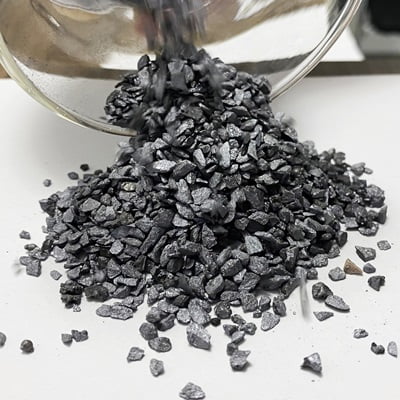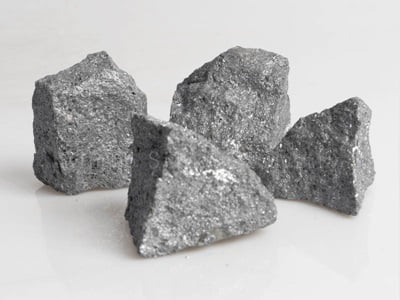NEWS
Choosing the Right Alloy: When to Use Calcium Silicon vs. Ferro Silicon
Calcium silicon and ferro silicon are two commonly used alloys in the steelmaking industry. Both of them have their unique properties and are used in different applications. In this article, we will compare calcium silicon and ferro silicon, explain their functions, advantages, disadvantages, compare their costs, and guide when to use calcium silicon and when ferro silicon is a better choice.
Functions:
Calcium silicon is an alloy made up of calcium, silicon, and iron. It is used as a deoxidizer, desulfurizer, and an alloying agent in the steelmaking process. Calcium silicon is added to molten steel to remove impurities such as oxygen, sulfur, and nitrogen. It also helps to improve the mechanical properties of the steel by increasing its strength and hardness.
Ferro silicon, on the other hand, is an alloy made up of iron and silicon. It is used as a deoxidizer and an alloying agent in the steelmaking process. Ferro silicon is added to molten steel to remove impurities such as oxygen and sulfur. It also helps to improve the mechanical properties of the steel by increasing its strength and hardness.
Advantages:
The advantages of using calcium silicon are that it has a higher melting point than ferro silicon, which makes it more effective at removing impurities from the molten steel. Calcium silicon also has a lower density than ferro silicon, which makes it easier to handle and transport. Additionally, calcium silicon has a higher calcium content than ferro silicon, which makes it more effective at desulfurizing the steel.
The advantages of using ferro silicon are that it is more cost-effective than calcium silicon and is readily available in the market. Ferro silicon also has a higher silicon content than calcium silicon, which makes it more effective at deoxidizing the steel.
Disadvantages:
The disadvantages of using calcium silicon are that it is more expensive than ferro silicon and is not readily available in the market. Calcium silicon also has a higher calcium content than ferro silicon, which can lead to the formation of calcium aluminate inclusions in the steel.
The disadvantages of using ferro silicon are that it has a lower melting point than calcium silicon, which makes it less effective at removing impurities from the molten steel. Ferro silicon also has a higher density than calcium silicon, which makes it more difficult to handle and transport.
Cost:
The cost of calcium silicon is higher than that of ferro silicon due to its higher calcium content and lower availability in the market.
When to use calcium silicon:
Calcium silicon is recommended when the steelmaking process requires effective desulfurization and deoxidization. It is also recommended when the steel requires a higher level of hardness and strength.
When to use ferro silicon:
Ferro silicon is recommended when the steelmaking process requires cost-effectiveness and effective deoxidization. It is also recommended when the steel does not require a higher level of hardness and strength.
In conclusion, both calcium silicon and ferro silicon have their unique properties and are used in different applications in the steelmaking industry. Calcium silicon is more effective at removing impurities from the molten steel, while ferro silicon is more cost-effective. When choosing between calcium silicon and ferro silicon, it is important to consider the specific requirements of the steelmaking process and choose the alloy that best meets those requirements.
You May Like to Learn More...
Contact Us

JBT produces and supplies silicon metal and ferrosilicon products, mainly products are silicon metal 553, 441, 421, 411 3303,2202, 97, silicon carbide, carbon raiser for steelmaking and casting industries. We also make electrolytic manganese metal, inoculants and nodulizers.
Get in Touch
- info@jbtmetals.com
- +86-372-5032025
- +86-15937282819
- Send Inquiry
- Online Chat
- Qugou Town, Anyang City, Henan Province of China





